Home>Garden Essentials>How Does A Plant Grow From A Seed
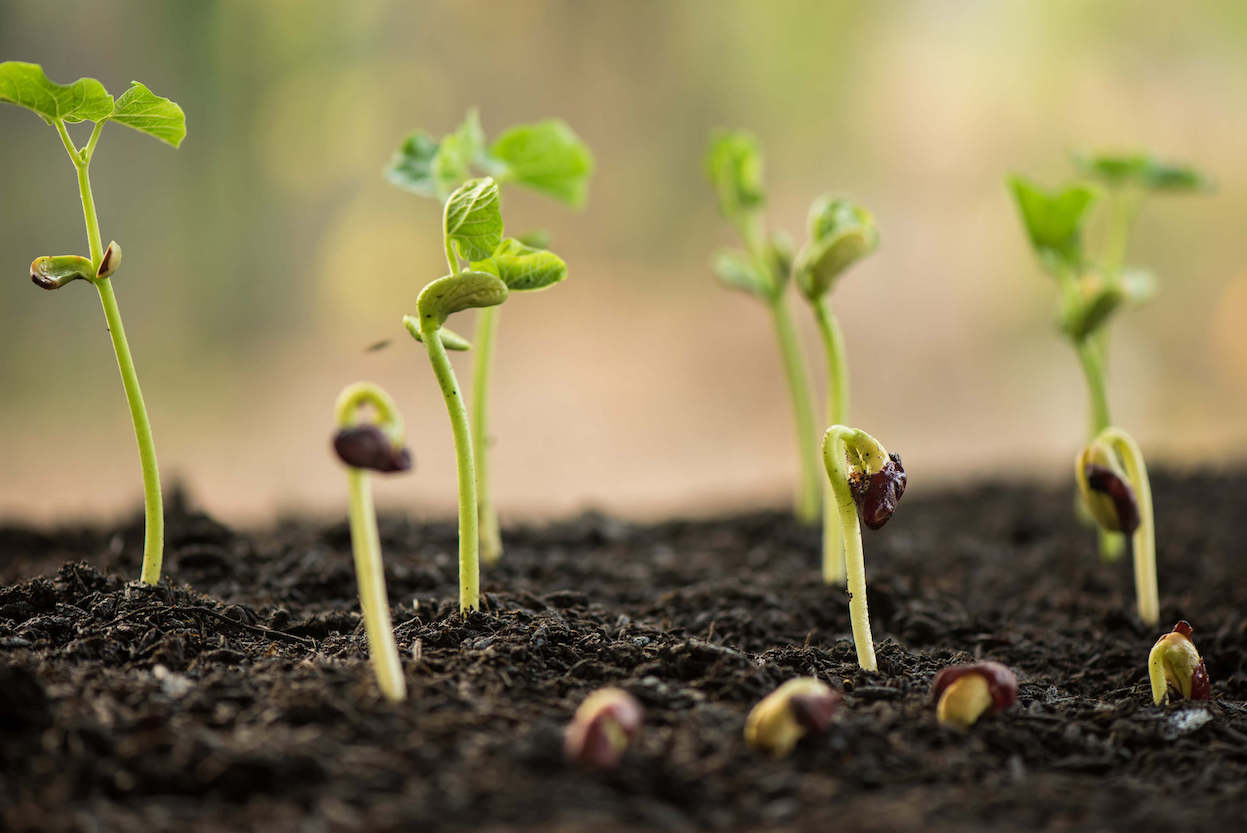

Garden Essentials
How Does A Plant Grow From A Seed
Modified: May 6, 2024
Discover the fascinating process of how a plant grows from a seed in your garden. Learn the essentials of nurturing a garden from seed to harvest and create a vibrant, flourishing oasis right at home.
(Many of the links in this article redirect to a specific reviewed product. Your purchase of these products through affiliate links helps to generate commission for Storables.com, at no extra cost. Learn more)
Introduction
Gardening is a rewarding and fulfilling hobby that allows you to connect with nature and witness the wonders of life firsthand. One of the most fascinating processes in gardening is watching a tiny seed transform into a thriving plant. Have you ever wondered how a plant grows from a seed? In this article, we will explore the intricate process of seed germination and the factors that influence it.
A seed is a small, dormant structure that contains the potential to develop into a full-fledged plant. It serves as a protective casing for the plant embryo, providing essential nutrients and protection until favorable conditions for growth are present. Seed germination is the process by which a seed awakens from its dormant state and begins to sprout, signaling the start of a new plant’s life cycle.
To understand seed germination, let’s take a closer look at the structure of a seed. A typical seed consists of three main parts: the embryo, the endosperm, and the seed coat. The embryo is the miniature version of the plant-to-be and contains the rudimentary leaves, stem, and root system. The endosperm is a nutrient-rich tissue that surrounds the embryo, providing the necessary energy and nutrients for germination. The seed coat is the outer protective layer that shields the embryo and endosperm from external elements and potential harm.
Several factors influence seed germination, making it a delicate and intricate process. The availability of water, sunlight, temperature, and nutrients play crucial roles in determining whether a seed successfully germinates or remains dormant. Let’s examine each of these factors in more detail.
Key Takeaways:
- Seeds need water, sunlight, and the right temperature to grow into plants. Each seed goes through stages like imbibition, root emergence, and leaf expansion to become a mature plant.
- Nutrients are like plant food, providing energy and building blocks for seeds to grow. Understanding these factors helps gardeners create the best conditions for healthy plant growth.
Read more: How To Grow Milkweed Plants From Seed
What is a seed?
A seed is a remarkable marvel of nature that holds the potential for new life. It is a small, compact package that carries the genetic information necessary for the development of a plant. Seeds are the primary means of reproduction for most plants, allowing them to produce offspring and spread across different environments.
Seeds come in a variety of shapes, sizes, and forms, depending on the plant species. They can be as tiny as a speck of dust or as large as a coconut. Each seed contains an embryo, which is essentially the baby plant, and a store of nutrients to sustain it during the germination process.
Seeds are formed after the successful fertilization of a plant’s flower. Once fertilization takes place, the ovary of the flower develops into a fruit, which houses the seeds. The fruit plays a crucial role in protecting and dispersing the seeds, ensuring the survival and distribution of the plant species.
Seeds have evolved an array of ingenious adaptations to aid in their dispersal. Some seeds have hooks or spines that attach onto animals or clothing, allowing them to be transported to new locations. Others have lightweight structures that enable them to be carried by the wind over long distances. Some plants even produce edible fruits to entice animals to consume them, effectively spreading the seeds through their droppings.
Seeds are remarkably resilient to harsh conditions and can remain dormant for extended periods, waiting for the right conditions for germination. This dormancy state is a survival strategy that allows seeds to withstand adverse environmental conditions. Once the conditions for germination are met, the seed will begin its journey towards becoming a mature plant.
Overall, seeds are the building blocks of plant life, representing the fascinating cycle of growth and reproduction. They are nature’s incredible mechanism for perpetuating plant species and hold the promise of new beginnings in the world of gardens and beyond.
Germination Process
Germination is the process by which a seed transforms from a dormant state into a growing plant. It is a series of complex biochemical and physiological changes that occur in response to favorable environmental conditions. Understanding the germination process is essential for successful gardening and cultivating healthy plants.
The germination process begins when a seed is exposed to conditions that are conducive to growth. The most critical factor for germination is the availability of water. Water plays a crucial role in softening the seed coat and activating enzymes that initiate metabolic processes within the seed.
Once water enters the seed, it triggers the rehydration of the embryo and activates the production of enzymes that break down stored nutrients. These nutrients, typically stored in the endosperm or cotyledons, provide the energy and building blocks necessary for the developing plant. The breakdown of complex substances leads to the release of sugars, amino acids, and other essential compounds that fuel the growth of the embryo.
In addition to water, light and temperature also play vital roles in seed germination. Some seeds require light to stimulate germination, while others prefer darkness. This photoreceptive behavior is an adaptation that allows seeds to germinate in the most favorable conditions for their particular species.
The temperature also influences the germination process. Each plant species has its optimal temperature range for germination. Some seeds require colder temperatures to break dormancy, while others thrive in warmer conditions. Temperature affects the rate at which enzymes function, influencing the overall speed of germination.
Once the embryo has absorbed sufficient water, and all necessary physiological processes have been activated, the root emerges from the seed, followed by the shoot. The root anchors the plant into the soil and absorbs water and nutrients. Meanwhile, the shoot grows upward, seeking sunlight for photosynthesis and development.
As the shoot emerges, the seed coat is shed, and the cotyledons or seed leaves unfold, turning green and producing energy through photosynthesis. From this point onwards, the plant grows and develops, eventually reaching maturity.
The germination process is a remarkable journey that showcases nature’s resilience and the adaptability of plants. It is a delicate balance of environmental factors and internal mechanisms that lead to the emergence of new life.
Seed Structure
The structure of a seed is intricately designed to protect, nourish, and ensure the successful development of the plant embryo. Each seed consists of three main parts: the embryo, the endosperm, and the seed coat.
The embryo is the miniature version of the future plant. It contains the essential plant organs, including the embryonic shoot, root, and cotyledons. The embryonic shoot, also known as the plumule, will grow into the stem and leaves of the plant. The embryonic root, or radicle, will develop into the plant’s root system. The cotyledons, also known as seed leaves, serve as the primary source of nutrients for the growing embryo until it can establish its own photosynthetic ability.
The endosperm is a nutrient-rich tissue that surrounds the embryo. It provides a ready supply of carbohydrates, proteins, and fats that the embryo can utilize during germination. The endosperm acts as a temporary food source, similar to the yolk in an egg, ensuring the survival of the developing embryo until it can establish its own roots and begin photosynthesis.
The seed coat, or testa, is the outer protective layer of the seed. It serves as a physical barrier, shielding the embryo and endosperm from mechanical damage, pathogens, and dehydration. The seed coat can vary in thickness, texture, and color, depending on the plant species. Some seed coats have specialized structures, such as hooks or wings, to aid in dispersal.
The seed structure also contains structures known as micropyles and hilums. The micropyle is a small opening in the seed coat that allows for the absorption of water during germination. The hilum is the scar on the seed coat where it was attached to the fruit or plant structure.
Seeds can exhibit different shapes, sizes, and colors, depending on the plant species. Some seeds are tiny and barely visible to the naked eye, while others are large and easily recognizable. Each seed carries the unique genetic information of its parent plant and holds the potential to grow into a mature, reproductive organism.
The structure of a seed is incredibly resilient, protecting the delicate embryo and providing the necessary nutrients for germination and early growth. It is a testament to the marvels of nature’s design and is fundamental to the process of plant propagation and the continuation of plant species.
Factors Affecting Seed Germination
Seed germination is a complex process influenced by various external and internal factors. Understanding these factors is crucial for gardeners and farmers to optimize seed germination and ensure successful plant growth. Let’s explore some of the key factors that affect seed germination.
Water: Water is essential for seed germination as it triggers the rehydration of the seed and activates enzymes that initiate metabolic processes. It softens the seed coat, allowing the embryo to swell and grow. Without adequate moisture, seeds remain dormant and unable to start the germination process.
Light: Light plays a vital role in seed germination for some plant species. Some seeds require light for germination, while others prefer darkness. Light acts as a signal to the seed, indicating favorable conditions for growth. Photoreceptive pigments within the seed detect the presence or absence of light and initiate germination accordingly.
Temperature: Temperature is a critical factor influencing seed germination. Each plant species has an optimal temperature range for germination. Seeds require a specific temperature range to activate enzymes and facilitate metabolic processes. Some seeds need cool temperatures to break dormancy, while others require warmer conditions. Extreme temperatures can inhibit germination or even cause damage to the seed.
Nutrients: Nutrients play a crucial role in seed germination and early growth. Seeds contain stored reserves of carbohydrates, proteins, and fats that provide energy for the initial stages of growth. These nutrients are typically located in the endosperm or cotyledons. Additionally, the presence of essential minerals, such as nitrogen, phosphorus, and potassium, is crucial for successful germination and subsequent plant development.
Oxygen: Oxygen is essential for seed germination as it is required for aerobic respiration, which provides energy for the germination process. Adequate oxygen levels in the soil allow the root system to respire and absorb necessary nutrients. Poorly aerated or waterlogged soil can impede oxygen availability, hindering germination.
Seed Quality: The quality and viability of the seed itself greatly impact germination success. A seed with high viability will have a higher chance of successful germination compared to a seed with low viability. Factors such as age, storage conditions, and genetic factors can influence seed quality.
Seed Dormancy: Some seeds possess dormancy mechanisms that prevent germination until favorable conditions are met. Dormancy serves as a survival strategy and ensures that seeds don’t germinate in unsuitable conditions. Seeds may have physiological dormancy (due to chemical inhibitors), physical dormancy (due to a hard seed coat), or a combination of both. Various methods can be employed to break seed dormancy and promote germination.
By considering and manipulating these factors, gardeners and farmers can optimize seed germination conditions and increase their chances of successful plant growth. Understanding the specific requirements of different plant species and providing the appropriate environment and treatments will pave the way for healthy and productive gardens and farms.
Read more: How To Grow Pepper Plants From Seeds
The Role of Water in Seed Germination
Water is a fundamental requirement for seed germination. It plays a pivotal role in the rehydration of seeds and triggers essential biochemical processes that lead to the growth and development of a new plant. Without adequate moisture, seeds remain dormant and cannot initiate the germination process. Let’s explore the role of water in seed germination in more detail.
Seed Imbibition: When a dry seed comes into contact with water, it undergoes a process called imbibition. Imbibition is the absorption of water by the seed, causing it to swell and rehydrate. As water enters the seed, it activates various enzymes and metabolic processes that are crucial for germination.
Softening the Seed Coat: Many seeds have a protective outer layer known as the seed coat or testa. The seed coat is often impermeable to water and serves as a barrier to prevent premature germination. When water is absorbed by the seed, it softens the seed coat, making it more permeable. This allows oxygen to enter the seed and internal processes to begin.
Enzyme Activation: Water is responsible for triggering the activation of enzymes within the seed. Enzymes are essential for breaking down stored nutrients, such as starches and proteins, into simpler substances that can be utilized by the germinating seedling. These enzymatic processes provide the energy and building blocks necessary for growth and development.
Respiration: Water plays a crucial role in respiration, the process through which seeds obtain energy for growth. During germination, respiration shifts from anaerobic (without oxygen) to aerobic (with oxygen). Water supports aerobic respiration by providing the necessary medium for oxygen diffusion and the release of carbon dioxide, ensuring an adequate supply of energy for the germinating seedling.
Radicle and Root Growth: As water enters the seed and activates enzymes, the first visible sign of germination is typically the emergence of the radicle, which is the embryonic root. The radicle grows downward into the soil, anchoring the plant and absorbing water and nutrients. This is followed by the growth of the root system, which sustains the ongoing development of the germinating seedling.
Overall Growth and Development: Water is essential for the overall growth and development of the germinating seedling. It facilitates cell division, expansion, and elongation, enabling the formation of new tissues and organs. Water is also necessary for nutrient uptake and transportation within the plant, ensuring the continuous supply of essential elements for growth.
It is important to note that while water is vital for seed germination, excessive moisture or waterlogging can be detrimental to seeds. It can lead to oxygen deprivation, root rot, and the growth of harmful pathogens. Striking the right balance and providing optimal moisture conditions ensures a favorable environment for seed germination and subsequent plant growth.
In summary, water is the key catalyst for seed germination, initiating vital biochemical and physiological processes. It softens the seed coat, activates enzymes, supports respiration, and enables root growth and overall plant development. By understanding and providing the necessary water requirements, gardeners can optimize seed germination conditions and ensure healthy and robust plant growth.
Water and sunlight are essential for a seed to grow into a plant. Make sure to provide the right amount of water and sunlight for the specific type of plant you are growing.
The Role of Sunlight in Seed Germination
Sunlight is a critical factor in seed germination, especially for plants that require light to trigger the process. While not all seeds are light-dependent, many plant species have evolved to utilize sunlight as a signal to initiate germination. Let’s explore the role of sunlight in seed germination in more detail.
Photoreception: Plants have specialized photoreceptor proteins that detect light and initiate various physiological responses. One such photoreceptor, known as phytochrome, detects red and far-red light. It helps to regulate seed germination by signaling the presence or absence of light. When the phytochrome in a seed senses light, it triggers a series of biochemical reactions that stimulate germination.
Seed Dormancy: Sunlight can play a crucial role in breaking seed dormancy, particularly for seeds with physiological dormancy. Some seeds require specific quantities or wavelengths of light to overcome dormancy mechanisms. Exposure to sunlight can break down inhibitors present in the seed coat and help prepare the seed for germination.
Stimulating Growth: Once a seed has germinated and the embryonic shoot emerges, exposure to sunlight is crucial for the continued growth and development of the seedling. Sunlight provides the energy needed for photosynthesis, the process by which plants convert light energy into chemical energy. Through photosynthesis, the seedling produces carbohydrates, which fuel growth, leaf expansion, and the production of additional chlorophyll.
Establishing Leaf Area: The presence of light is necessary for the development of functional leaves. Leaves are essential for capturing sunlight and conducting photosynthesis. During germination, the cotyledons, also known as seed leaves, provide the initial energy for the developing seedling. As the seedling grows and is exposed to light, it develops true leaves with a greater leaf area. This increase in leaf area allows for a more efficient capture of sunlight and enhances the seedling’s ability to produce energy through photosynthesis.
Regulating Hormones: Sunlight can influence the production and regulation of plant hormones, such as auxin and gibberellins, which play important roles in seed germination. Light triggers the release and synthesis of these hormones, which in turn promote the elongation of the embryonic stem, the growth of the root system, and various other growth processes that are vital for successful germination.
However, it is important to note that not all seeds require sunlight for germination. Some seeds, known as shade-tolerant or shade-loving plants, have adapted to germinate and grow in lower light conditions. These plants often have different germination requirements and are adapted to thrive in shaded environments.
In summary, sunlight is a key environmental cue that influences seed germination in many plant species. It helps break seed dormancy, stimulates growth, facilitates photosynthesis, and regulates hormone production. Understanding the light requirements of specific seeds and providing the appropriate light conditions can greatly optimize germination success and contribute to the healthy growth of plants.
The Role of Temperature in Seed Germination
Temperature is a crucial environmental factor that significantly influences seed germination. Different plant species have specific temperature requirements for successful germination. Understanding the role of temperature in seed germination is essential for gardeners and farmers to optimize their growing conditions and maximize germination rates. Let’s explore the importance of temperature in seed germination.
Germination Range: Every plant species has an optimal temperature range for germination. This temperature range is usually specific to the species and can vary widely. Some seeds require cooler temperatures, such as those found in spring, for successful germination. Others thrive in warmer temperatures prevalent during the summer months. Understanding the preferred temperature range for a particular seed will help ensure the best germination conditions.
Activation of Enzymes: Temperature directly affects the activation and functioning of enzymes within the seed. Enzymes are essential for breaking down stored nutrients and facilitating metabolic processes during germination. Different enzymes have distinct temperature optima, and their activity increases as the temperature rises within their optimal range. Optimal temperatures allow enzymes to function efficiently, supporting the breakdown of complex substances into simpler forms that the seedling can utilize for growth.
Dormancy Breaking: Cold stratification, a process of subjecting seeds to a period of cold temperatures, is often used to break dormancy in certain seeds. This cold treatment mimics the natural winter conditions that some seeds require to overcome dormancy. Cold stratification helps to break down seed coat inhibitors and promotes the activation of metabolic processes, signaling to the seed that it is now suitable to germinate.
Speed of Germination: Temperature affects the speed of seed germination. Warmer temperatures generally promote faster germination, as they accelerate biochemical reactions and speed up enzyme activity. Cooler temperatures can slow down germination, as the metabolic processes within the seed occur at a slower rate. However, extreme temperatures, both hot and cold, can hinder germination or cause damage to the seeds.
Thermal-Time Model: The thermal-time model is a concept used to quantify and predict seed germination rates based on temperature. It takes into account the accumulated thermal time required for a seed to complete germination. Each plant species has a specific base temperature, below which there is little or no germination, and an optimal temperature, above which germination rates decline. By understanding the thermal-time requirements of different seeds, growers can better plan and optimize their planting schedules.
Adaptive Responses: Some plant species have evolved to exhibit thermal germination responses that allow them to optimize growth and survival in their specific environments. For example, certain seeds may require exposure to a period of cold temperatures or fluctuating temperature patterns to ensure successful germination. These adaptations enable plants to synchronize their germination with favorable conditions, ensuring the best chance of survival.
Overall, temperature plays a critical role in seed germination. It affects enzyme activity, dormancy breaking, germination speed, and the adaptive responses of plants. Understanding the temperature requirements of specific seeds and providing the appropriate temperature conditions is crucial for promoting optimal germination and ensuring successful plant growth and development.
The Role of Nutrients in Seed Germination
Nutrients play a vital role in seed germination, providing the essential building blocks and energy required for the successful development of a seedling. Adequate nutrient availability ensures that seeds have the necessary resources to support growth and establish a healthy plant. Let’s explore the importance of nutrients in seed germination in more detail.
Energy Source: Seeds store nutrients, primarily in the endosperm or cotyledons, to provide energy for germination. These stored reserves, such as carbohydrates, proteins, and lipids, serve as the initial energy source for the growing seedling before it can establish its own photosynthetic capacity. The breakdown of complex nutrients into simpler forms, such as glucose, provides the energy necessary for metabolic processes during germination.
Building Blocks: Nutrients provide the essential building blocks for the synthesis of new tissues and cell structures. For example, proteins are essential for enzyme production and regulate various enzymatic reactions within the germinating seed. Amino acids from proteins are also critical for the synthesis of new proteins and structural components of the emerging seedling.
Mineral Nutrients: In addition to organic nutrients, mineral nutrients are essential for seed germination. Elements like nitrogen, phosphorus, and potassium, known as macronutrients, are required in large quantities for optimal growth. These macronutrients play a crucial role in cellular processes, enzyme activation, and the regulation of metabolic pathways. Other micronutrients, such as iron, zinc, and copper, in trace amounts, are also important for proper seedling development.
Water and Nutrient Uptake: Nutrients are absorbed by the germinating seedling along with water. Water acts as a medium for the transport of nutrients from the soil to the roots. The root system of the seedling takes up water and dissolved nutrients through specialized structures, such as root hairs. The nutrients absorbed from the soil are then transported upward to the growing areas of the plant.
Seedling Development: Adequate nutrient availability during germination is crucial for the development of a healthy seedling. Nutrients support root growth, leaf expansion, stem elongation, and overall plant establishment. Different nutrients have specific roles in seedling development, such as phosphorus for root development, nitrogen for leaf growth, and potassium for overall plant vigor.
Seed Treatment and Nutrient Supplementation: Various seed treatments and nutrient supplementation methods can enhance germination and seedling establishment. Techniques such as seed priming involve pre-soaking seeds in nutrient solutions, providing a boost of nutrients before germination. Nutrient-rich fertilizers can be incorporated into the soil or applied as a liquid solution to provide additional nutrients for the emerging seedlings.
In summary, nutrients are crucial for seed germination and early seedling development. They serve as a source of energy, provide essential building blocks, and support overall plant growth and establishment. Understanding the nutrient requirements and providing the necessary nutrients can greatly optimize germination rates and contribute to the healthy growth and success of plants.
Read more: What Plants Grow The Fastest From Seeds
Stages of Seed Germination
Seed germination is a remarkable process that involves distinct stages leading to the emergence of a new plant. Each stage is characterized by specific changes and developments that are essential for the successful growth of the seedling. Let’s explore the stages of seed germination in more detail.
- Imbibition: The first stage of seed germination is imbibition, where the dry seed absorbs water. The imbibition process causes the seed to swell and become hydrated, breaking the seed dormancy. Water enters the seed through the micropyle, a tiny opening in the seed coat, and softens the seed coat for further growth.
- Activation of Metabolic Processes: After imbibition, the seed begins to activate various metabolic processes. Enzymes within the seed become active, breaking down stored reserves, such as carbohydrates and proteins, into simpler forms that the seedling can utilize for growth and development.
- Root Emergence: The next stage of germination is root emergence. The radicle, which is the embryonic root, elongates and grows out of the seed. It anchors the seedling in the soil and begins absorbing water and nutrients from the surrounding environment. The development of the root system is crucial for the survival and nutrient uptake of the growing seedling.
- Shoot Emergence: Following root emergence, the shoot or plumule emerges from the seed. The plumule consists of the embryonic stem and the first set of leaves, known as the cotyledons. The shoot grows upwards, seeking light and providing a platform for photosynthesis.
- Leaf Expansion: As the shoot emerges and reaches the surface, the cotyledons or first true leaves begin to expand. Leaf expansion is a crucial stage for the seedling as it starts producing energy through photosynthesis. The expanded leaves capture sunlight, facilitating the conversion of light energy into chemical energy.
- Photosynthesis Initiation: Once the first leaves are fully expanded, photosynthesis begins. The seedling starts producing its own sugars and carbohydrates using the energy from sunlight, carbon dioxide from the air, and water from the soil. Photosynthesis provides the energy required for further growth and development.
- Continued Growth: With the initiation of photosynthesis, the seedling continues to grow and develop. The root system becomes more established, branching out to explore a wider area for water and nutrient uptake. The stem elongates, allowing the plant to grow taller, and additional leaves form, providing more surface area for photosynthesis and nutrient absorption.
- Maturity: The final stage of seed germination is the attainment of maturity. The seedling fully develops into a mature plant with an established root system, a strong stem, and a fully functional leaf canopy. It is capable of performing all necessary life functions, including reproducing and producing seeds of its own.
The stages of seed germination are a remarkable journey that underscores the resilience and adaptability of plants. Each stage brings significant changes, enabling the seed to transform into a thriving plant capable of sustaining life and contributing to the biodiversity of our natural world.
Conclusion
Seed germination is a fascinating and essential process in the life cycle of plants. It represents the beginning of a new plant’s growth and development, holding the promise of life and beauty in the world of gardening and beyond.
Throughout this article, we have explored various aspects of seed germination, from the structure of a seed to the factors that influence its successful growth. We have learned that a seed is much more than a dormant structure – it carries within it the genetic information and potential to become a mature, thriving plant.
Water, sunlight, temperature, and nutrients play crucial roles in the germination process. Water softens the seed coat and activates enzymes, while sunlight serves as a signal for germination and provides the energy for photosynthesis. Temperature influences the rate of germination and the activation of metabolic processes, while nutrients fuel growth and provide building blocks for the seedling.
Seed germination occurs in distinct stages, from imbibition and activation of metabolic processes to root and shoot emergence, leaf expansion, and ultimately, maturity. Each stage is essential for the seedling’s development and allows it to become a fully functional plant.
Understanding the intricacies of seed germination enables us to create optimal conditions for plant growth in our gardens and farms. By providing the right combination of water, sunlight, temperature, and nutrients, we can ensure higher germination rates and healthier plants.
Seed germination is a testament to the resilience and adaptability of plants, showcasing nature’s incredible ability to perpetuate life. It is a process that never ceases to amaze and inspire gardeners, as we witness the transformation of a tiny seed into a magnificent plant, teeming with color, fragrance, and the potential to provide sustenance.
So, as you embark on your gardening journey, remember the remarkable journey of the seed. Treasure the magic of seed germination and nurture it with care, and soon enough, you’ll witness the beauty of nature unfold before your eyes.
Curious about taking your gardening skills to the next level? If understanding how seeds sprout has sparked your interest, you might be wondering about the time it takes for seeds to transform into tiny sprouts. Our detailed guide on seed germination times will shed some light on this critical aspect. Looking to spruce up your garden's appeal? Check out our collection of creative garden fence ideas, perfect for enhancing your outdoor space in style.
Frequently Asked Questions about How Does A Plant Grow From A Seed
Was this page helpful?
At Storables.com, we guarantee accurate and reliable information. Our content, validated by Expert Board Contributors, is crafted following stringent Editorial Policies. We're committed to providing you with well-researched, expert-backed insights for all your informational needs.
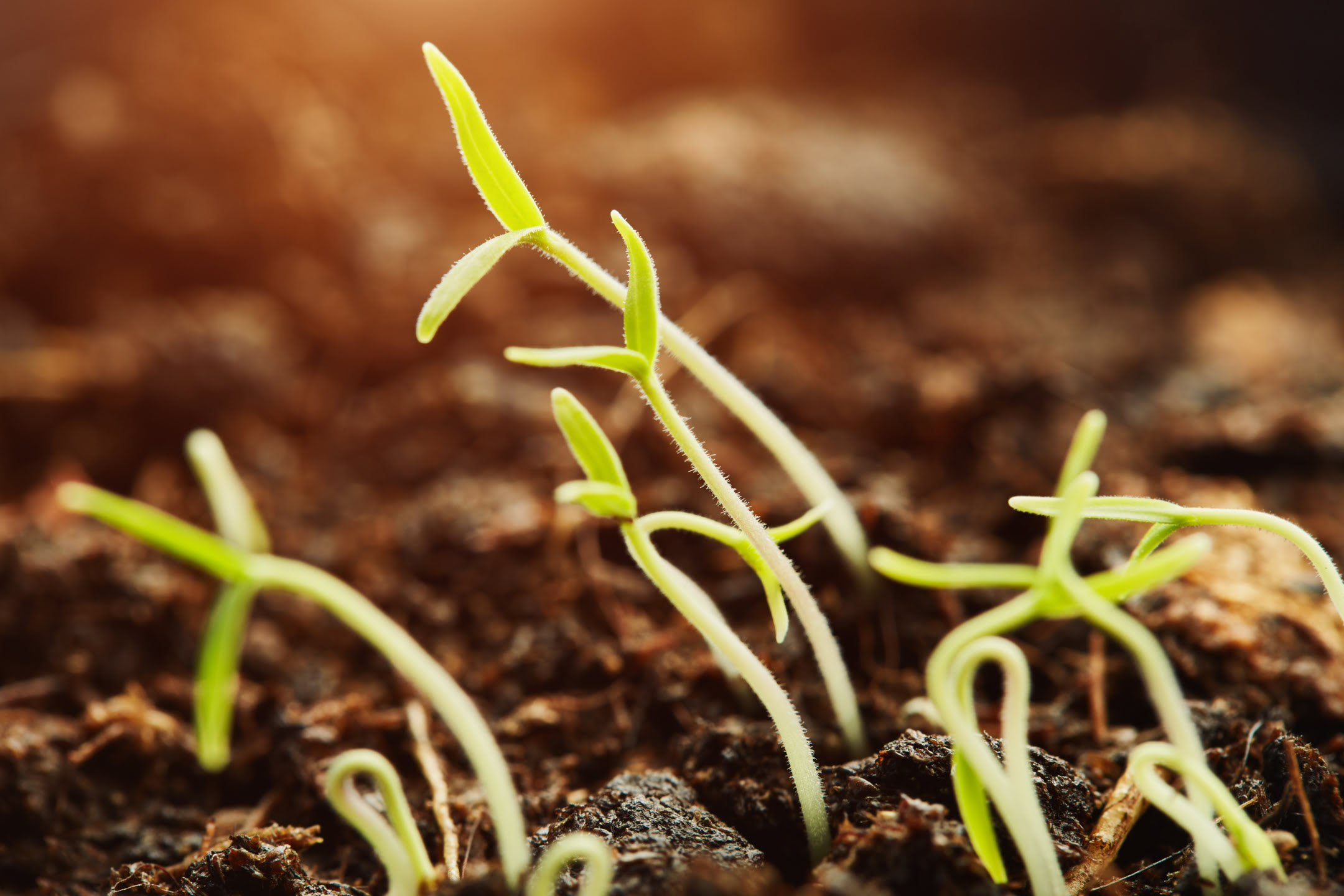
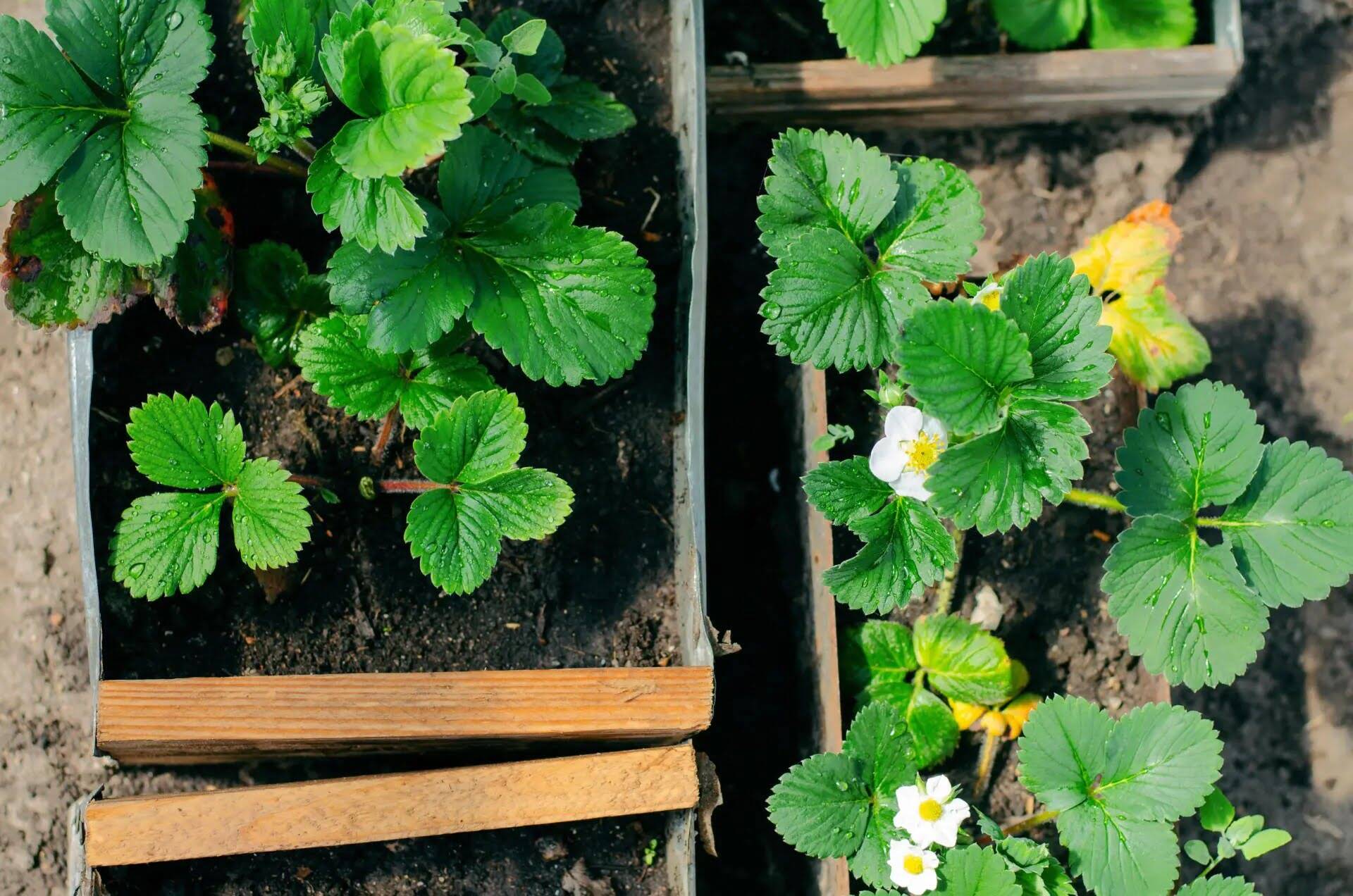
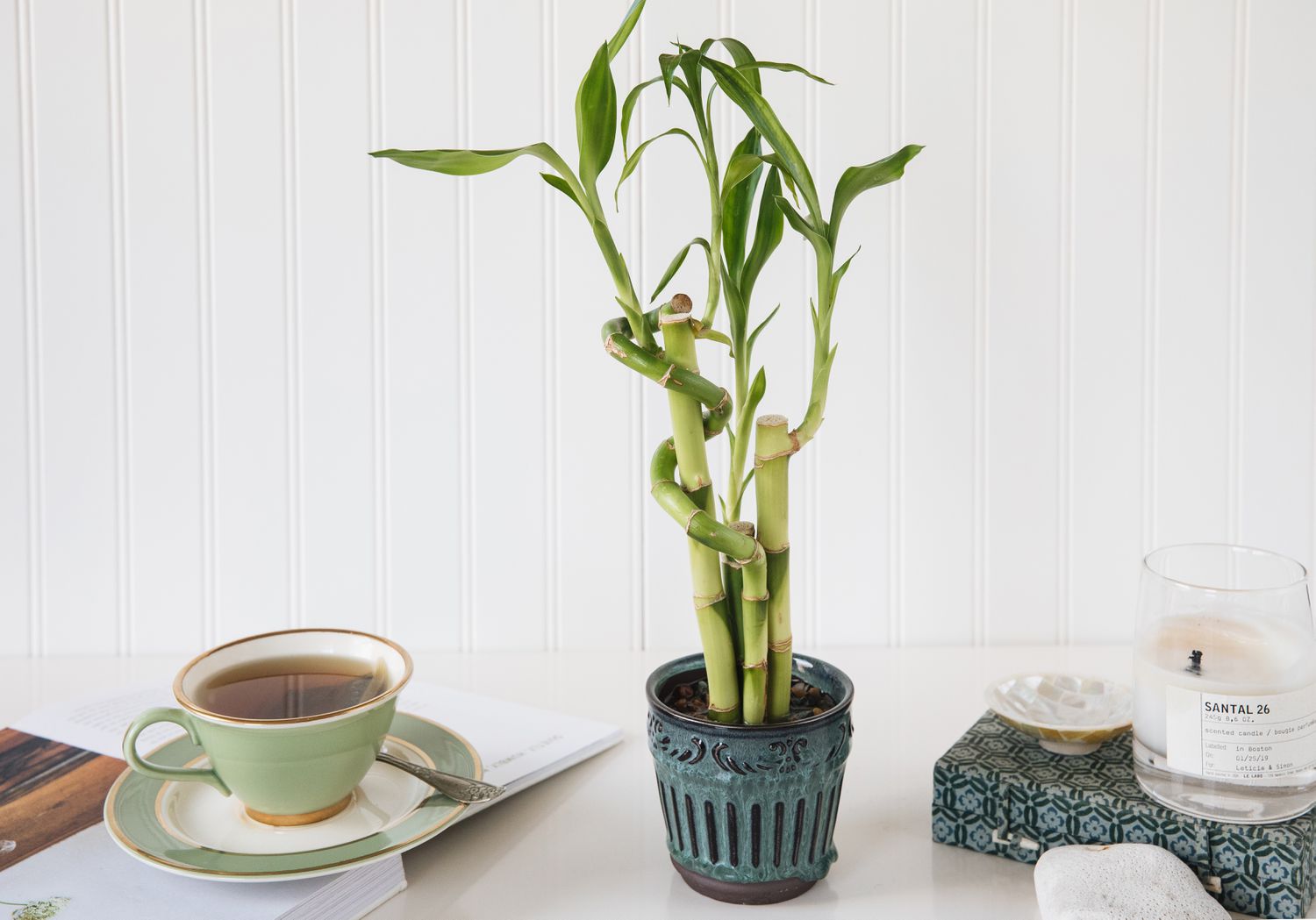
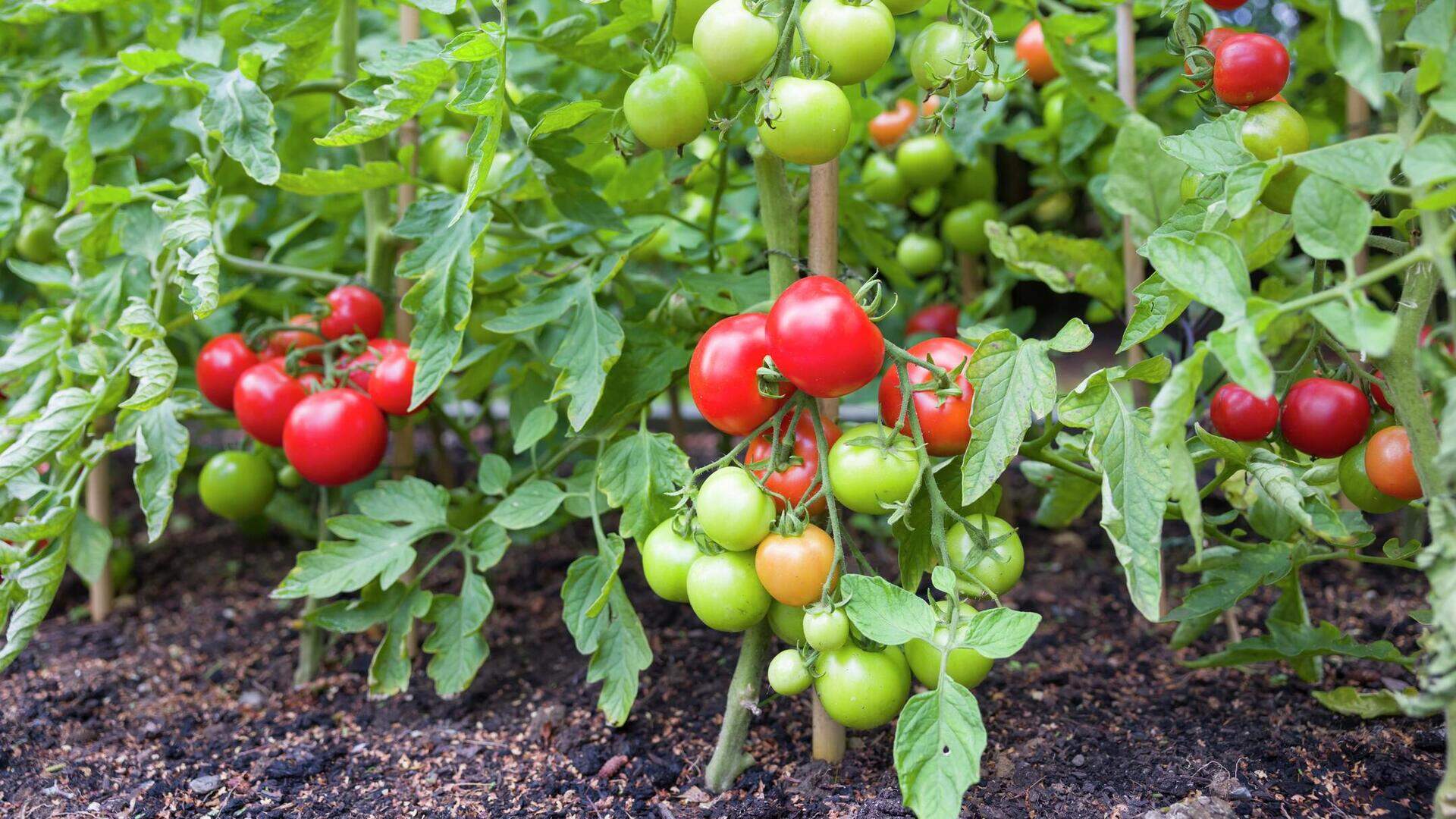
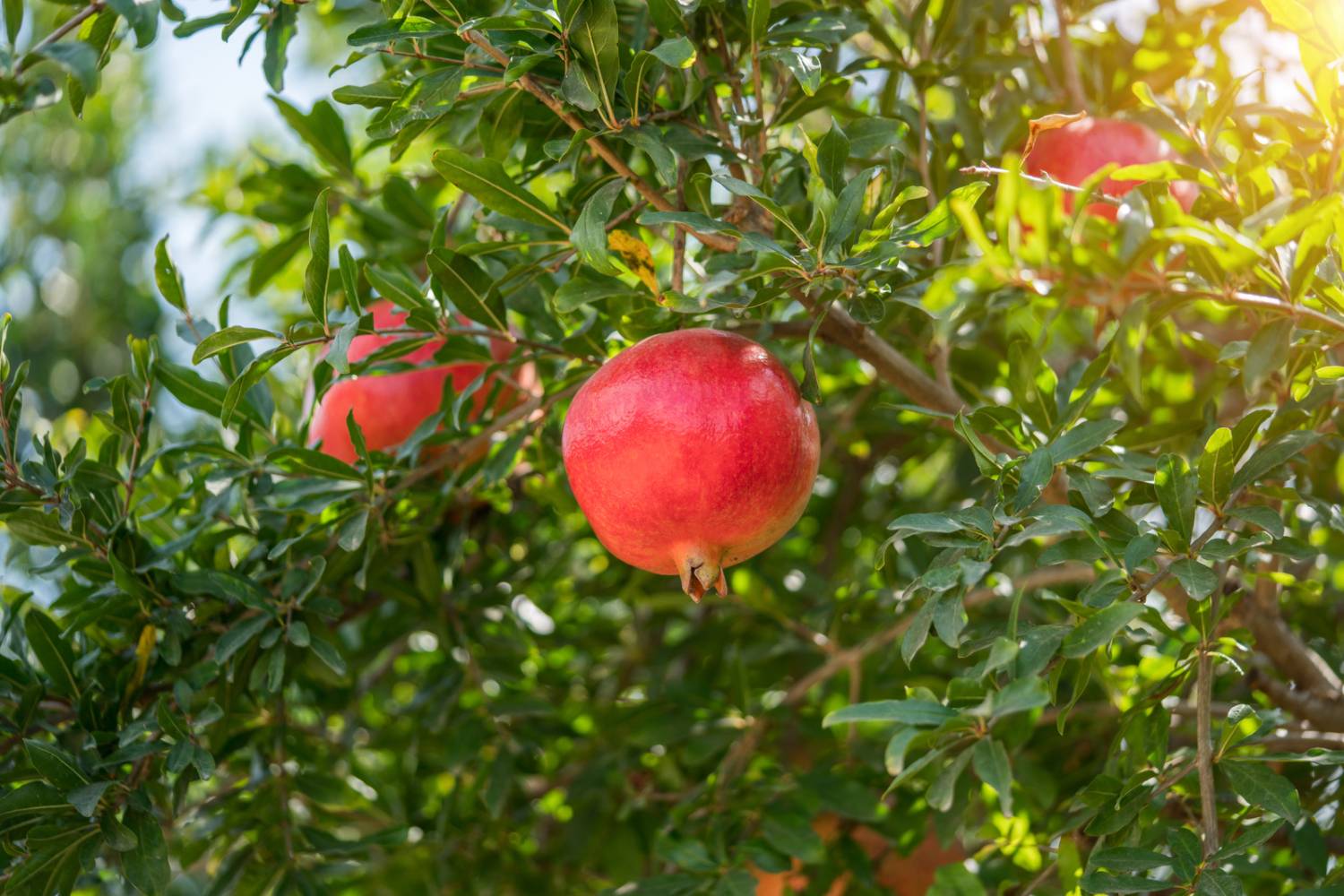
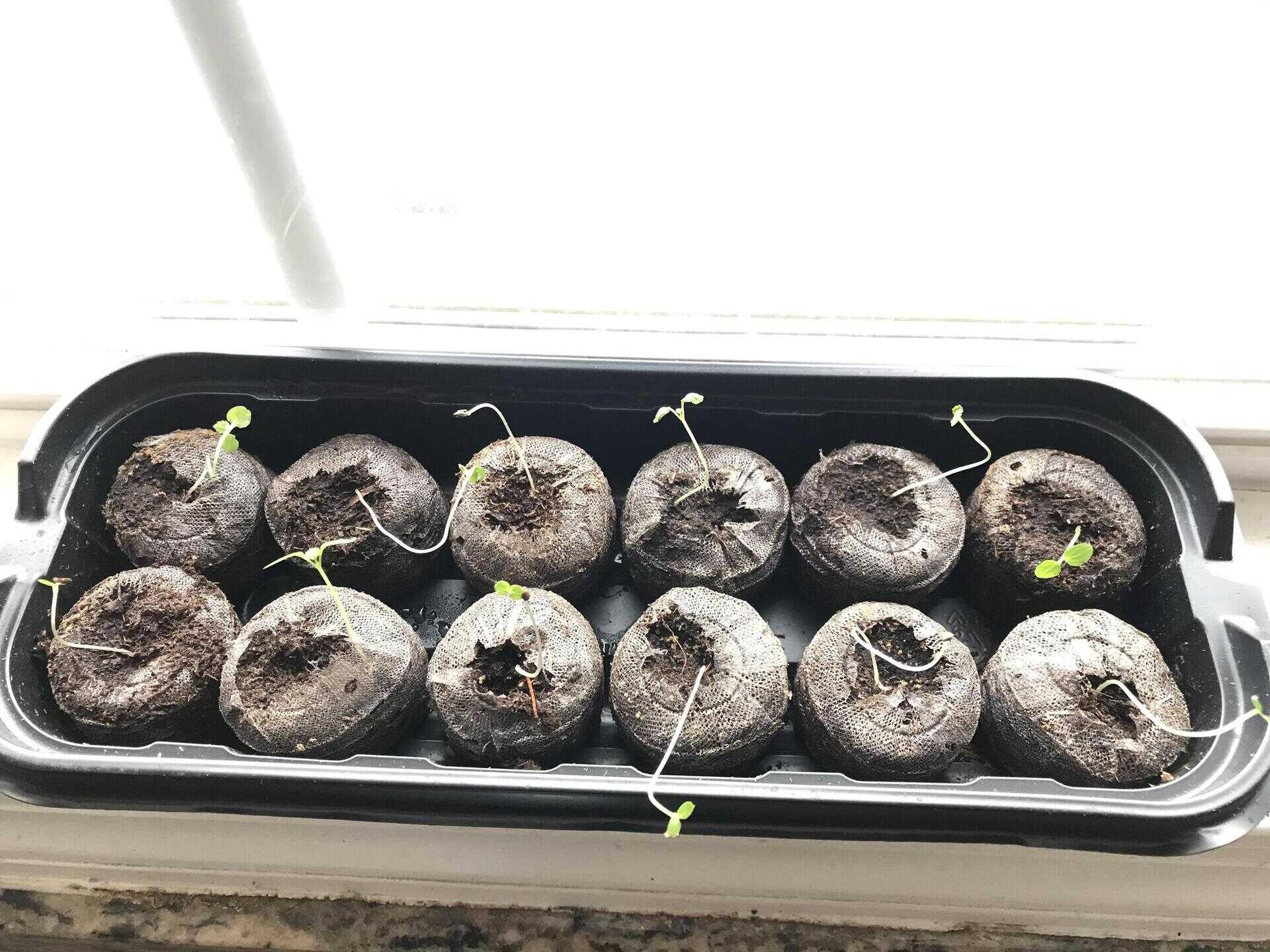
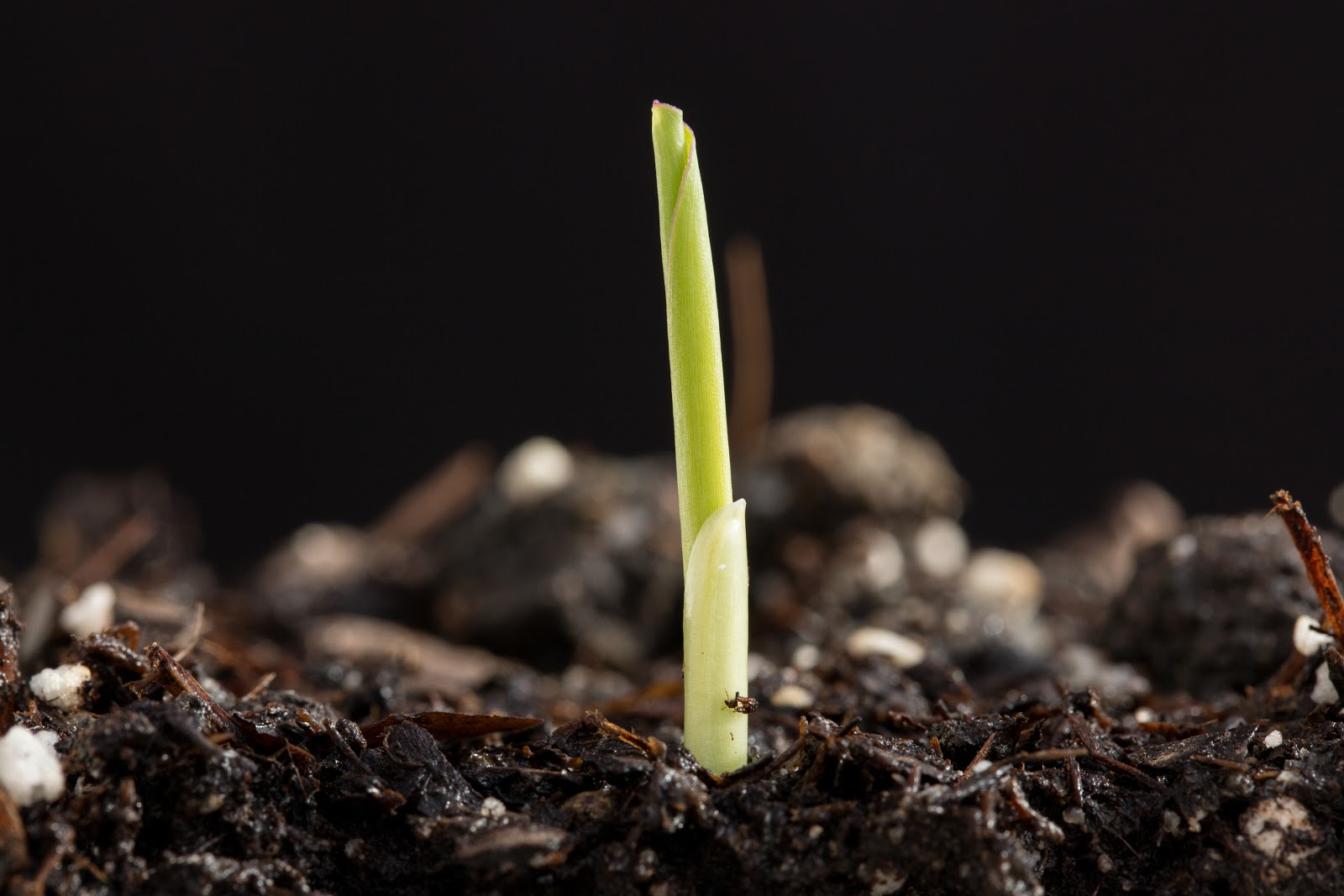
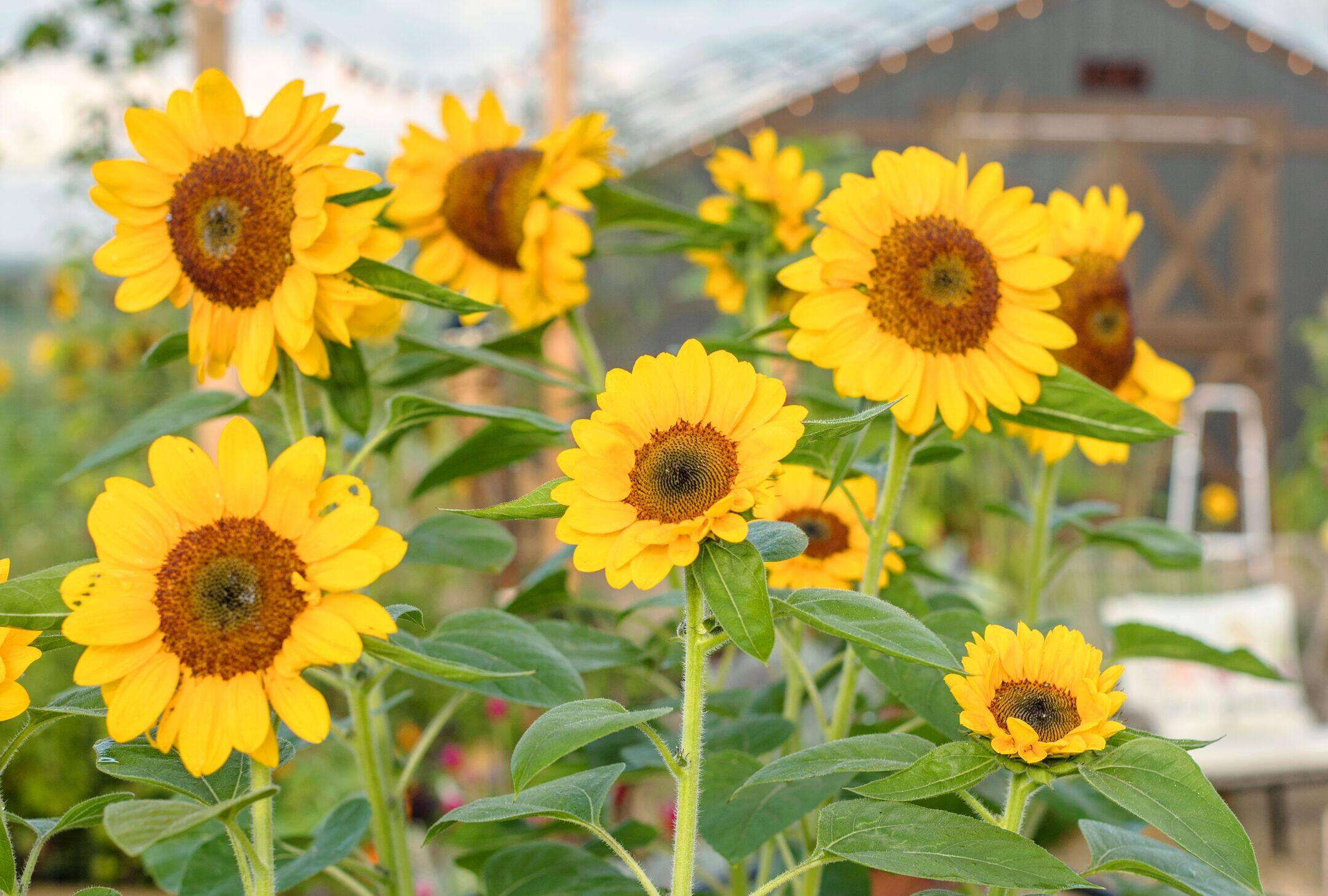
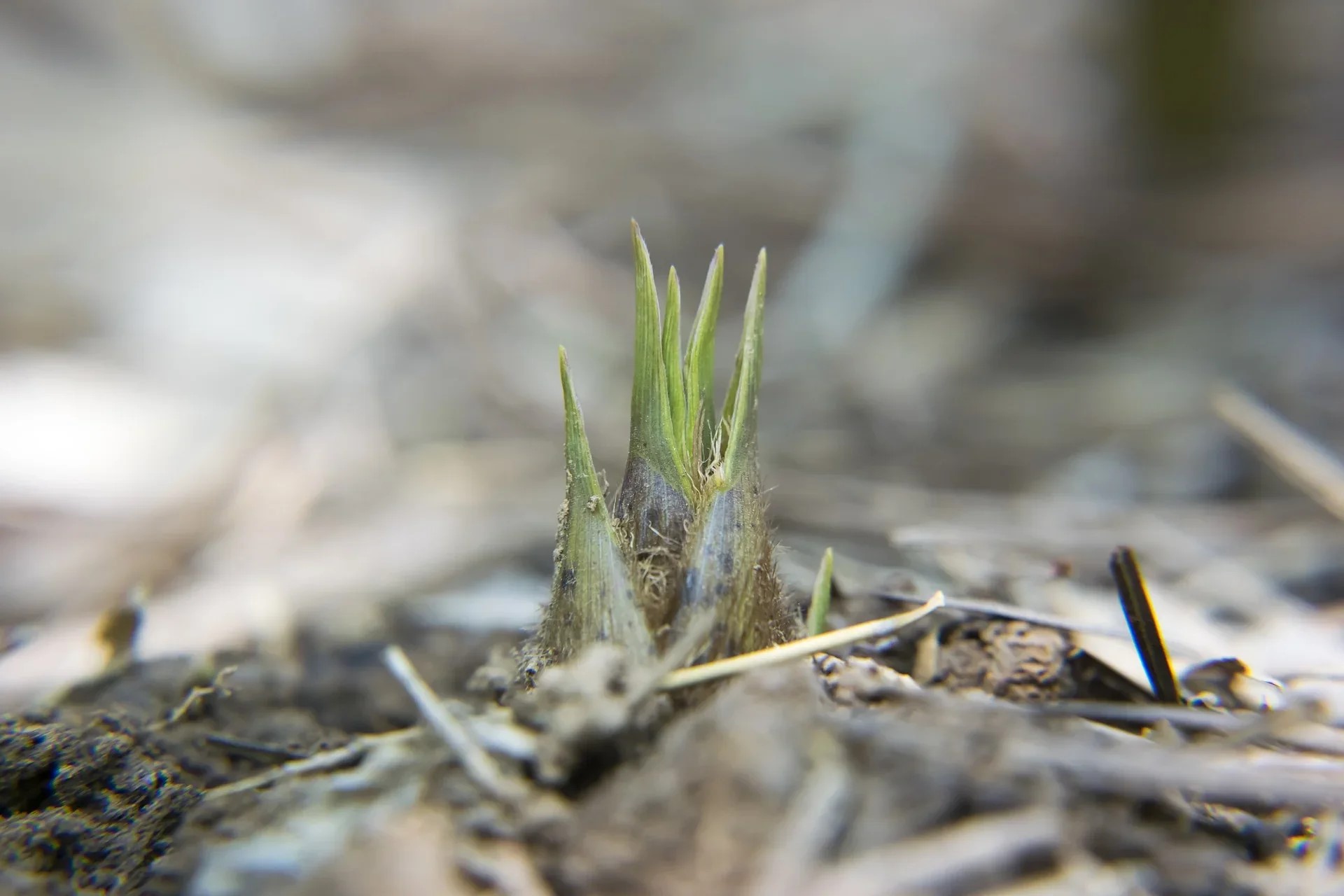
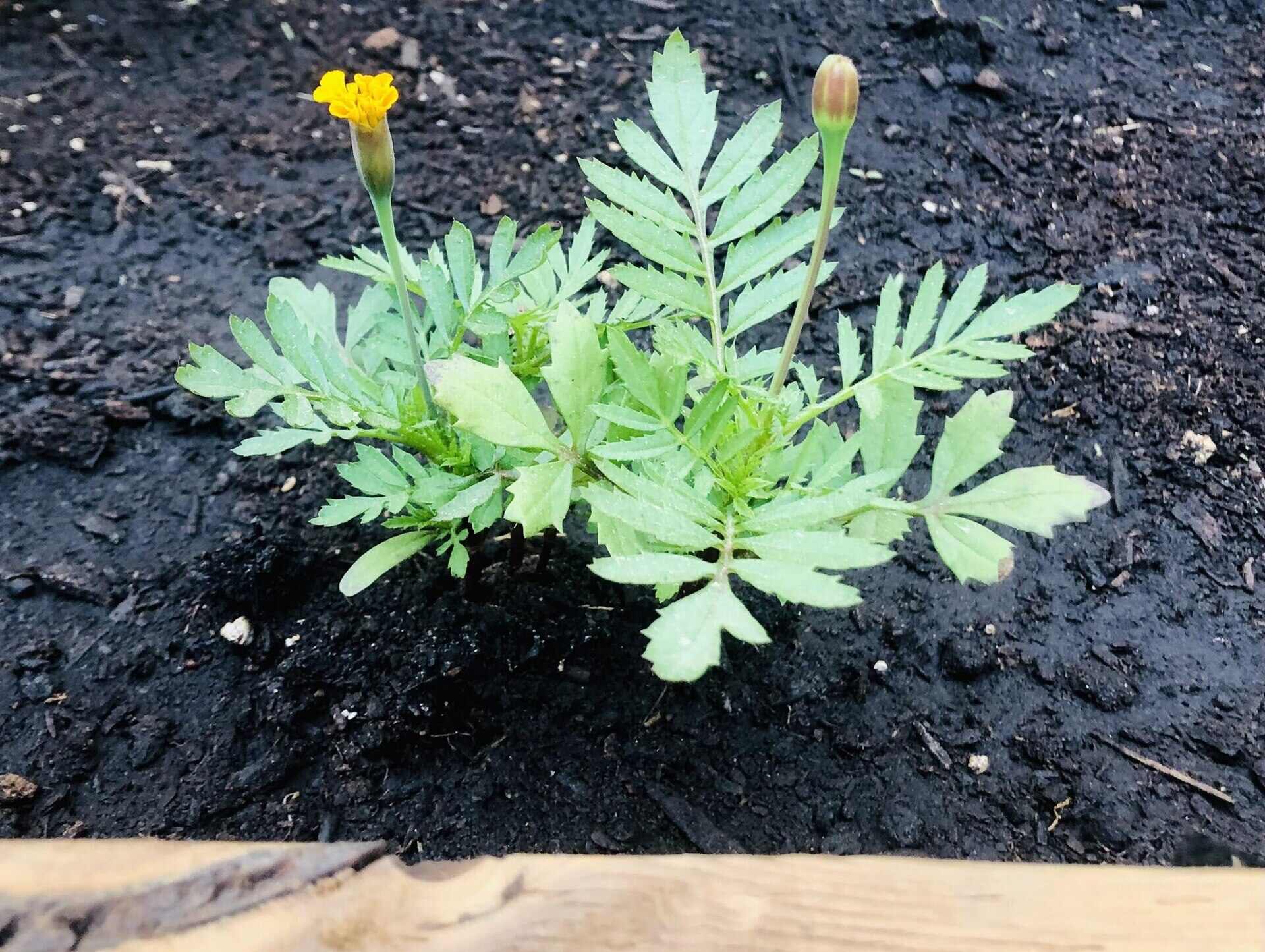
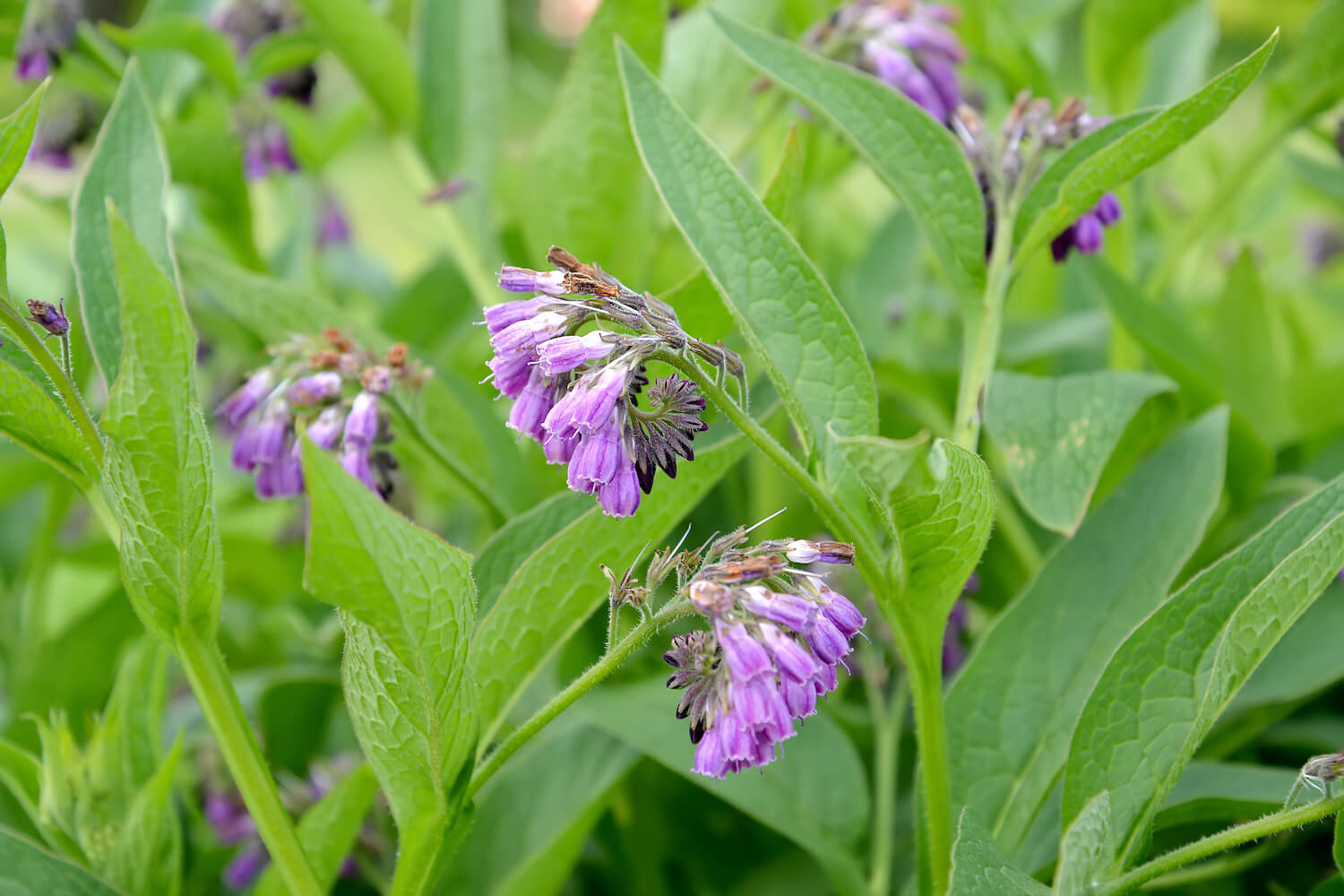
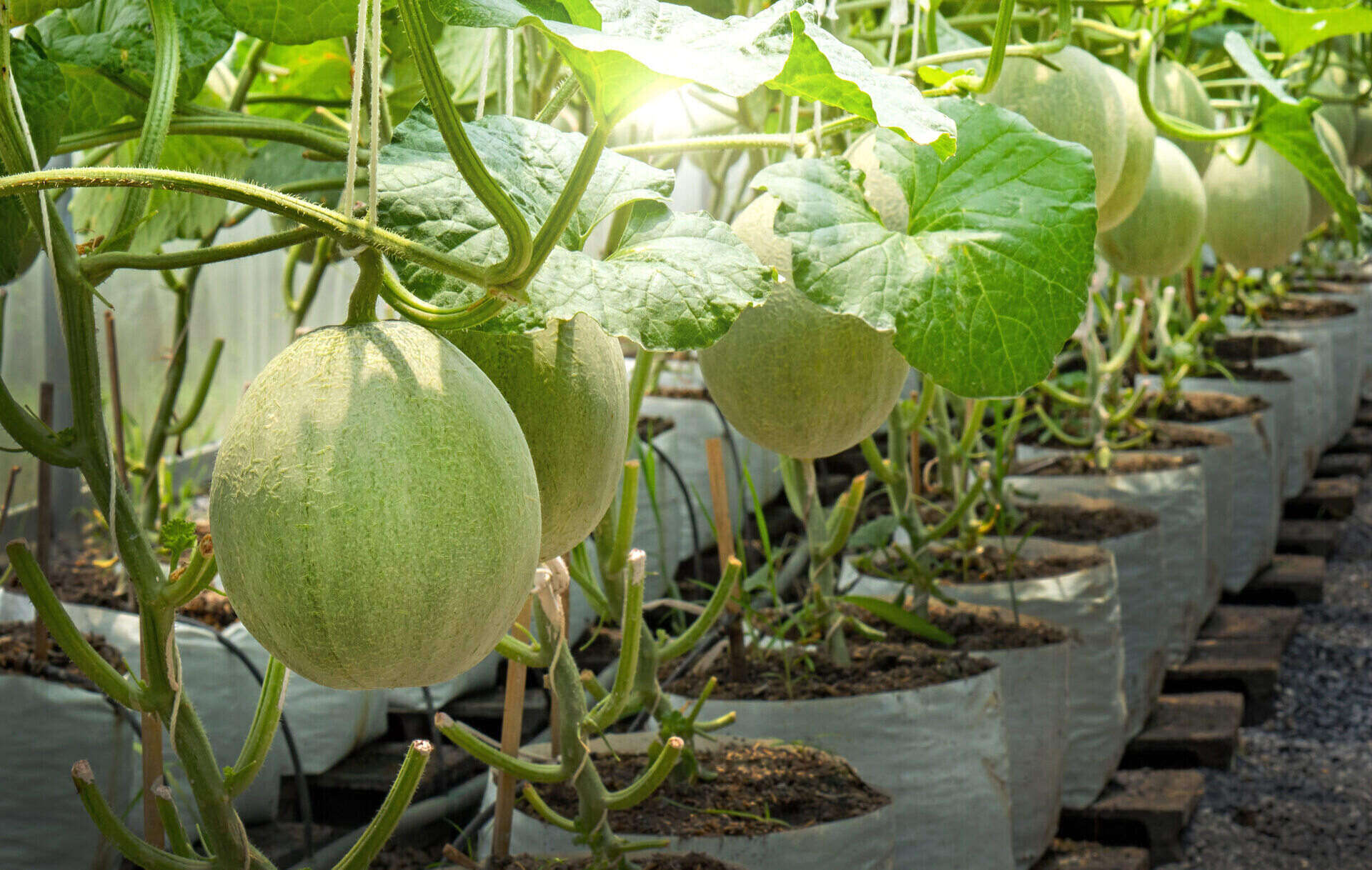
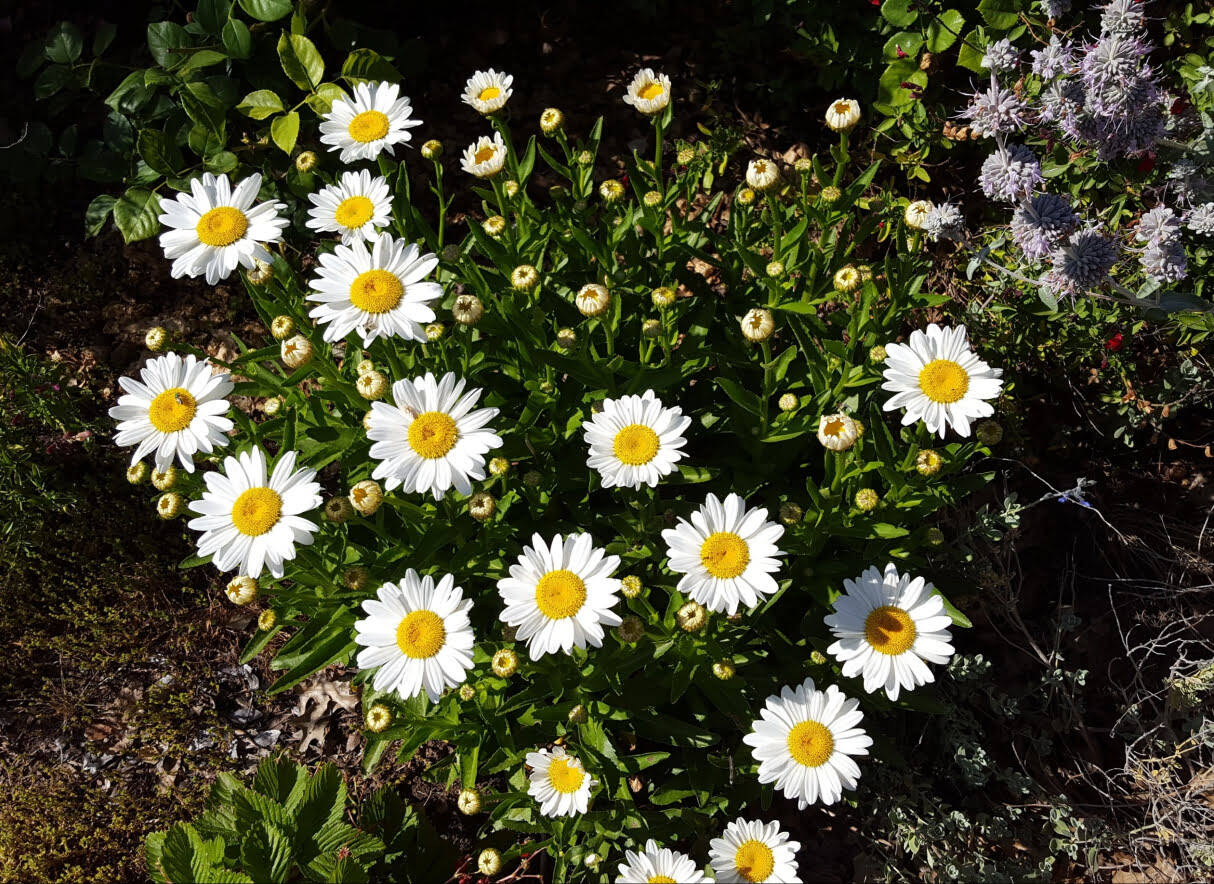

0 thoughts on “How Does A Plant Grow From A Seed”